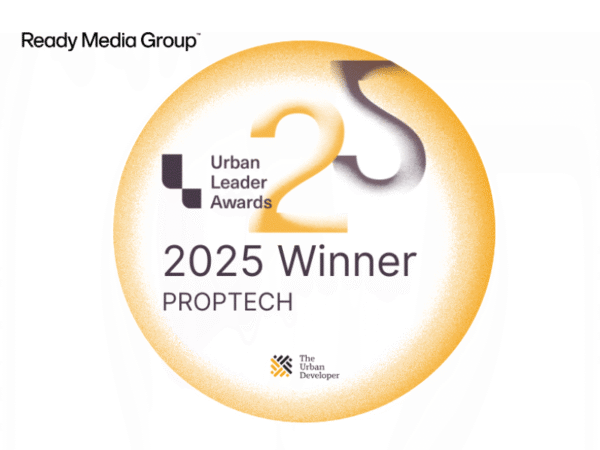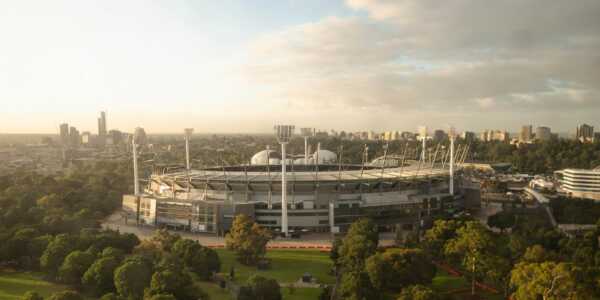Part 2: Child Care: In the wake of the COVID-19 pandemic, the property development and property investment industries have become somewhat subdued. It’s safe to say that the initial shock and panic are behind us, but the horizon is still a little hazy. It remains to be seen what ‘normal’ will be like when we get on the other side. But that doesn’t mean we should just wait and see.
The essential services property sector is one of the most stable and least affected of the current market. If anything, the virus is demonstrating to the world the very definition of ‘essential service’. In this three-part series, Development Ready will be diving into three sub-categories; Aged Care, Health Care and Child Care (below). With expert advice from CBRE’s Josh Twelftree and Jimmy Tat, we’re highlighting what these sectors currently look like, where they’re heading and why, whether you’re an investor or a developer, you need to start investigating essential service properties.
CHILD CARE
An average Australian family, on an average Australian wage, will spend close to $6,000 out-of-pocket a year on child care, the Mitchell Institute has revealed in a newly published analysis. This expense is higher than the average cost of a year at a private primary school for the same child.
The main difference however is that a low cost publicly delivered service doesn’t exist at a child care level. Parents are forced to stay at home or fork up the money.
This might have been a possibility for previous generations, but modern family dynamics have evolved. Through either desire or (more commonly) necessity, parents are returning to work. Child care is growing in demand – especially affordable and quality child care.
“In a post-COVID-19 Australia, child care centres will play a big part in allowing the returning workforce to feel secure – and the government is very aware of this,” Josh Twelftree, Manager of Healthcare & Social Infrastructure at CBRE, stated.
Over the past four to five years, child care properties have been growing in their prominence as a lucrative investment thanks largely to strong federal government support and quality tenants that operate with long and secure leases. This is backed up by increased demand in new and developing locations.
According to Mr Twelftree, child care centre operators are coming to the market looking for sites with specific characteristics.
“Location is key and growth corridors in particular are in high demand. Basically, operators are looking for regions with a high proportion of children aged 0-5, to the amount of child care places permitted. They’re also looking for good exposure on a main road, and large 2,000sqm+ land areas.”
Developers and investors are also being advised to look outside of the site, at what currently exists, or will soon exist, in that area. Factors such as nearby primary schools are a major benefit for operators who will be able to service families with multiple children at different ages.
“Refurbishment of existing dwellings is also a very popular request, due to the cost to build these centres,” Mr Twelftree added.
Understandably, being the first to enter a new region is a big motivator. Due to the high barriers to entry, once one centre is established, they are well placed to ward off competition – and so time often proves of the essence.
“Development sites that are listed with approved plans and permits for a child care centre are in strong demand at the moment,” Mr Twelftree continued.
“Child care operators prefer to be able to start developing immediately – they don’t want to wait 8-12months for a permit.”
As Australia starts heading back into the workplace, child care centres are proving their worth and their presence is sure to be sewn into the fabric of the nation’s new tomorrow.
---
Reach out today to discuss what opportunities currently exist and what’s planned for the months to come.
Read Part 1: Aged Care here
Read Part 3: Health Care here










